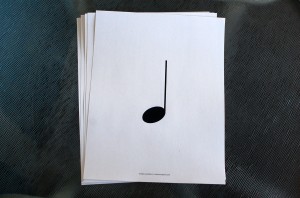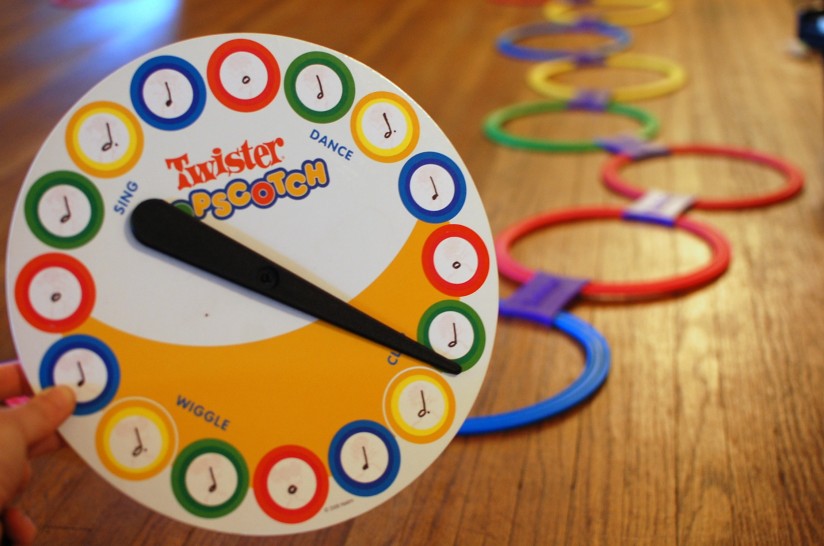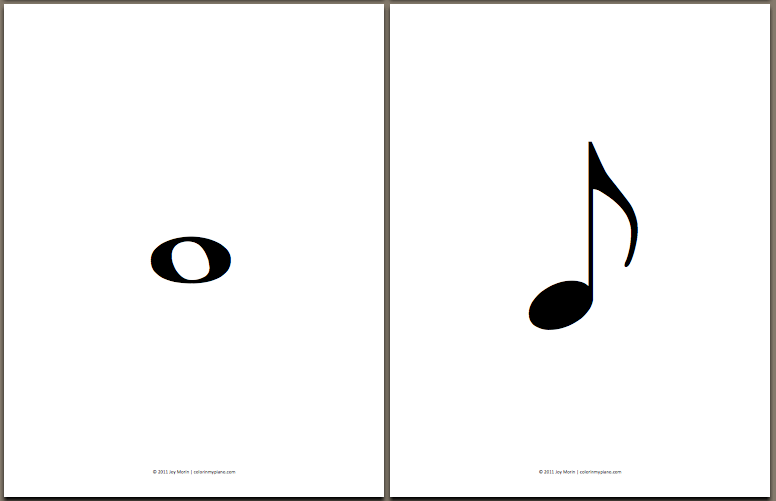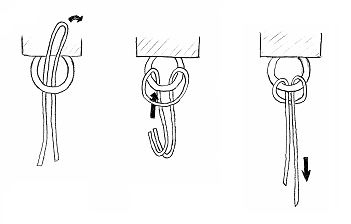 Here’s a fun movement/rhythm game to play with a group of students which I learned from a Dalcroze Eurhythmics instructor. I call it the “Rhythm Magnet Game.”
Here’s a fun movement/rhythm game to play with a group of students which I learned from a Dalcroze Eurhythmics instructor. I call it the “Rhythm Magnet Game.”
The great thing about this game is that it helps students learn to associate the sound/experience of each rhythm value with it’s corresponding notation. In Dalcroze and other methodologies (such as Orff), it’s important to experience the concept first and then put the notation and term to it. This is the “sound before sight” principle.
The Rhythm Magnet Game
Background: This game is best intended for young children (preschool to beginner piano students). Older students, however, may also find this game beneficial as an rhythm ear training experience and a lesson in keeping an internal pulse. For this activity to be a success, students must have experience with the idea of quarter notes, half notes, dotted half notes, and/or whole notes (but not necessarily with the terms or written notation for each). This game is perfect activity for teaching little ones to associate each rhythm value to its corresponding notation for the first time.
- Prepare by placing the quarter note poster, the half note poster, and the whole note poster at a different corners of the room. Make a show of it (without much talking) so students watch to see where you are putting each note value.
- Instruct students: “Move towards what you hear.”
- Help the students establish the beat by patting their hands against their thighs. Improvise simple ditties/chords on the piano. Students must listen to identify whether you are playing quarter notes, half notes, etc. to the beat you’ve established with them.
- Once the students have moved to the correct corner of the room, change to another note value (with younger children, you may also call “Change!” to help alert them). When/if students get confused or begin guessing, encourage them to “Find the beat!” so they can figure out the note value. Continue this process until students get the hang of it. If students run or get rowdy while moving towards each note value, instruct them to “step the beat” as they move around the room.
- Make the game more difficult by adding gradually adding the other note value posters, and by making changes more frequently. Also, to add a twist mid-way through the activity, try mixing up the posters to new corners/areas of the room.
Students playing this game will soon discover that without checking with the pulse, they cannot determine which note value they are hearing. This game is a great movement game to get students up and moving during a group lesson! Have fun!!
To download the rhythm value posters you’ll need for this game, visit the the Printables > Games page and scroll down to the R’s for “Rhythm Magnet Game.” Enjoy!





 Here’s a fun movement/rhythm game to play with a group of students which I learned from a Dalcroze Eurhythmics instructor. I call it the “Rhythm Magnet Game.”
Here’s a fun movement/rhythm game to play with a group of students which I learned from a Dalcroze Eurhythmics instructor. I call it the “Rhythm Magnet Game.”


 One of the reasons I’ve been
One of the reasons I’ve been